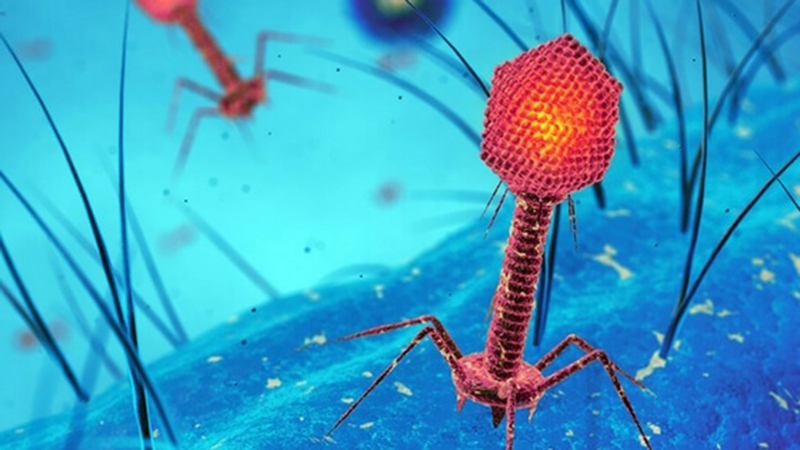Gastropod looks at food through the lens of science and history.
Co-hosts Cynthia Graber and Nicola Twilley serve up a brand new episode every two weeks.
Co-hosts Cynthia Graber and Nicola Twilley serve up a brand new episode every two weeks.
We’ve dropped hints and left clues—and now, at long last, Gastropod’s very own Nicola Twilley has published her first book! Co-written with her husband Geoff Manaugh, Until Proven Safe: The History and Future of Quarantine is a captivating chronicle of quarantine across time, space, and species (and yes, they started writing the book long before 2020). Just for you, dear Gastropod listeners, we have a special episode in which, for the first time ever, your intrepid hosts sit on opposite sides of the (virtual) table as Cynthia interviews Nicky and Geoff about the quarantines that protect our food. Why do 75 billion bees get stopped in the dusty California desert every spring, and why does every single cacao plant that gets shipped around the world have to pass through one town in England? What are sentinel plots, and how are they protecting our wheat supply? And why on earth did Nicky and Geoff get naked, put on Crocs and Tyvek suits, and burn their notes on a reporting trip? All this, plus a video game for quarantine inspectors, in your feeds now! Quarantine: boring to live through, fascinating to listen to—and read about!
…More
…More
…More
…More
…More
…More

Ben Wolfe urged us to Google Image Search lambda phage, and we were not disappointed! "They kind of look like a lunar lander coming down onto the surface of a bacterial cell," Ben told us. "It's really beautiful."
…More
…More
…More